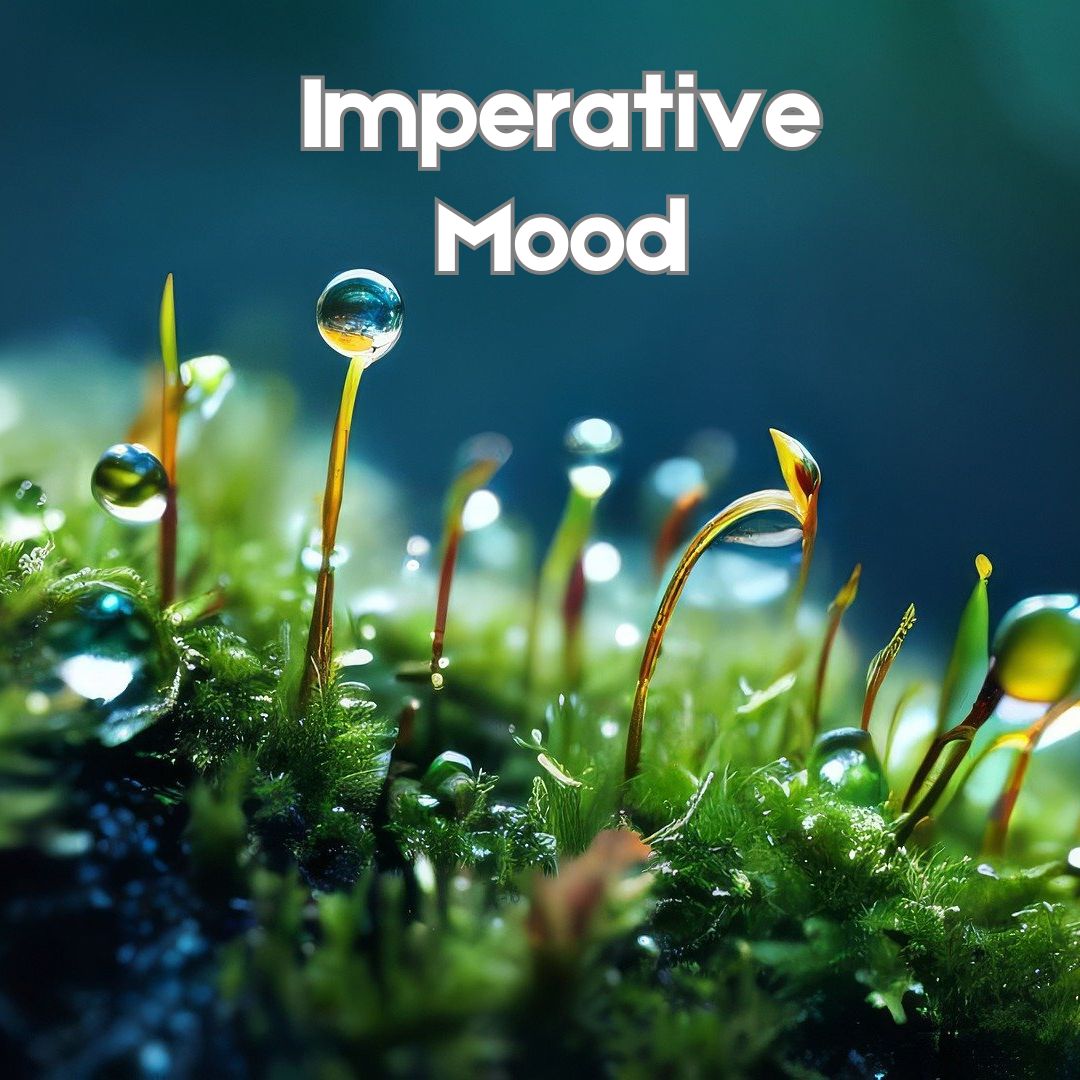Category: verbs

The Imperative Mood
The Imperative Mood is used to give commands, requests, or instructions. It is often used to convey a sense of urgency or directness.

The Subjunctive Mood
The subjunctive mood is used to express a hypothetical or non-real action or state, and is often used to express doubt, uncertainty, or desire. The verb to be is a particularly common verb used in the subjunctive mood.

The Sequence of Tenses
The Sequence of tenses refers to the relationship between the tenses in a sentence, particularly when there are multiple clauses with different tenses. The basic principle behind the sequence of tenses is that the tense used in a subordinate clause (a clause that depends on or is part of another clause) is influenced by the tense used in the main clause.

The Passive voice with a formal subject It
It is said, it was said, it is reported, it was reported- these phrases are examples of the passive voice with a formal subject. They are often used to attribute information to a general source or to distance the statement from a specific speaker.

The Group of Tenses of the Passive Voice
In the passive voice construction with to be and past participle, the focus is on the action being done to the subject, rather than the subject performing the action. This construction emphasizes the result or effect of the action, rather than who is doing the action. For example, in the sentence The cake was baked by the chef, the focus is on the cake and the fact that it was baked, rather than the chef who did the baking. This construction is useful when the doer of the action is unknown, unimportant, or when the speaker wants to emphasize the result of the action rather than who performed it.